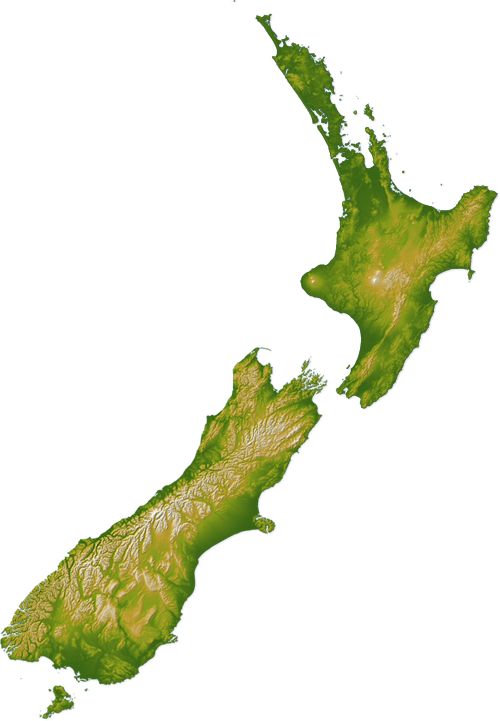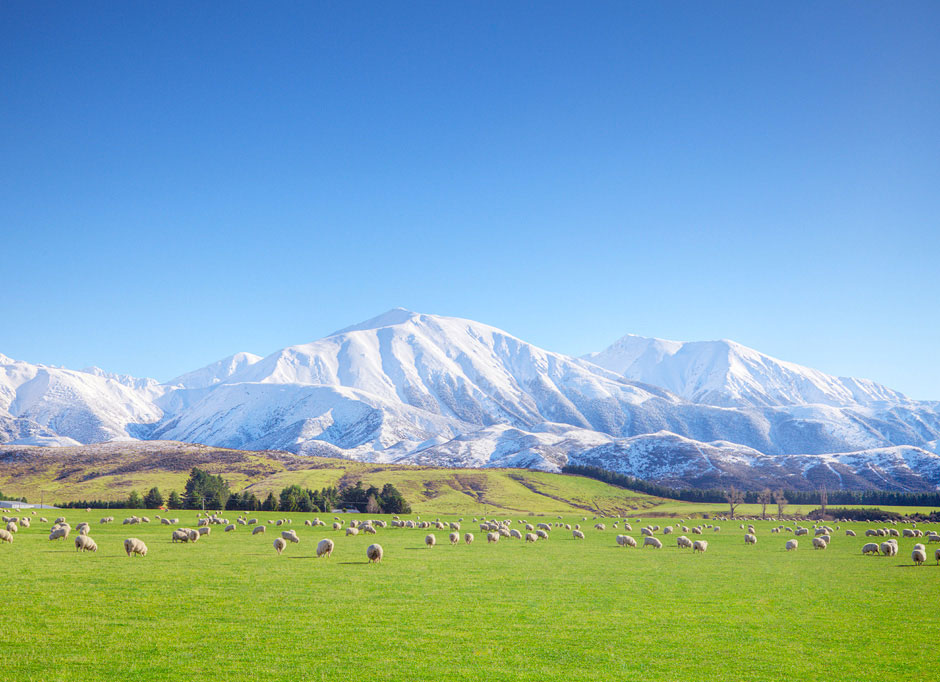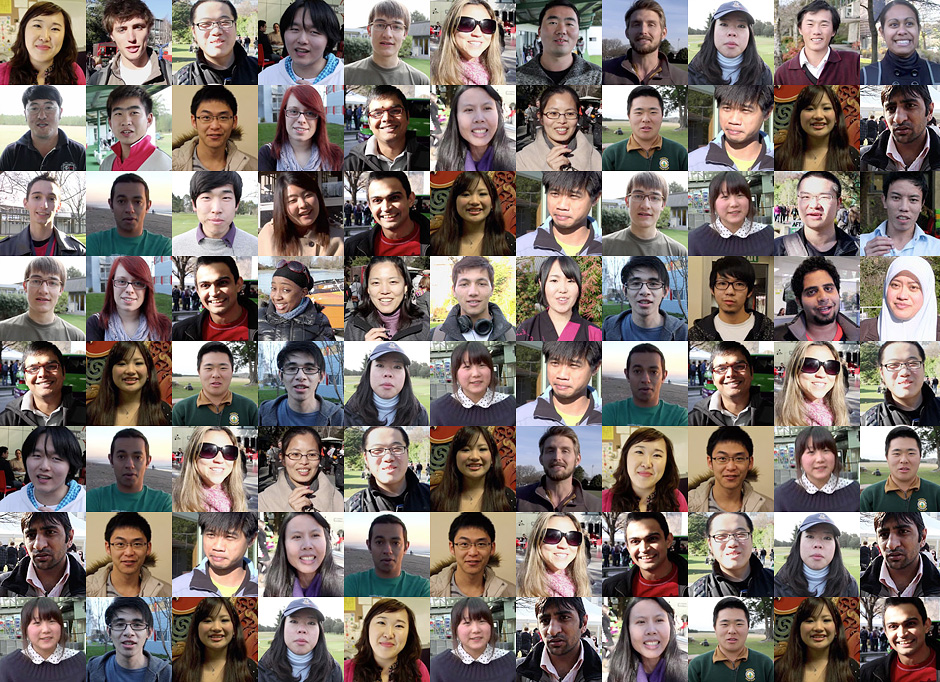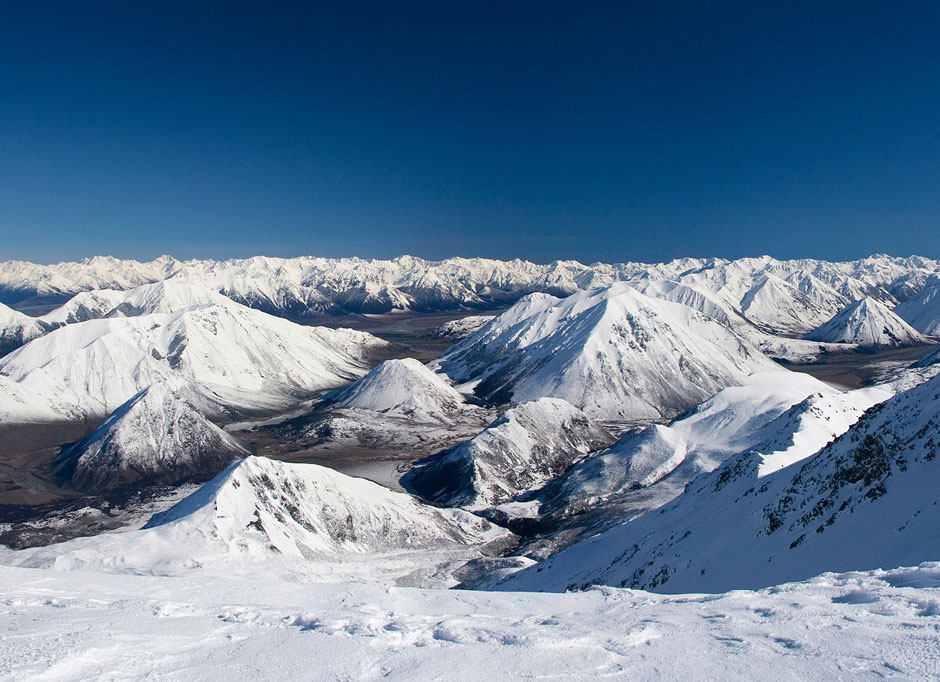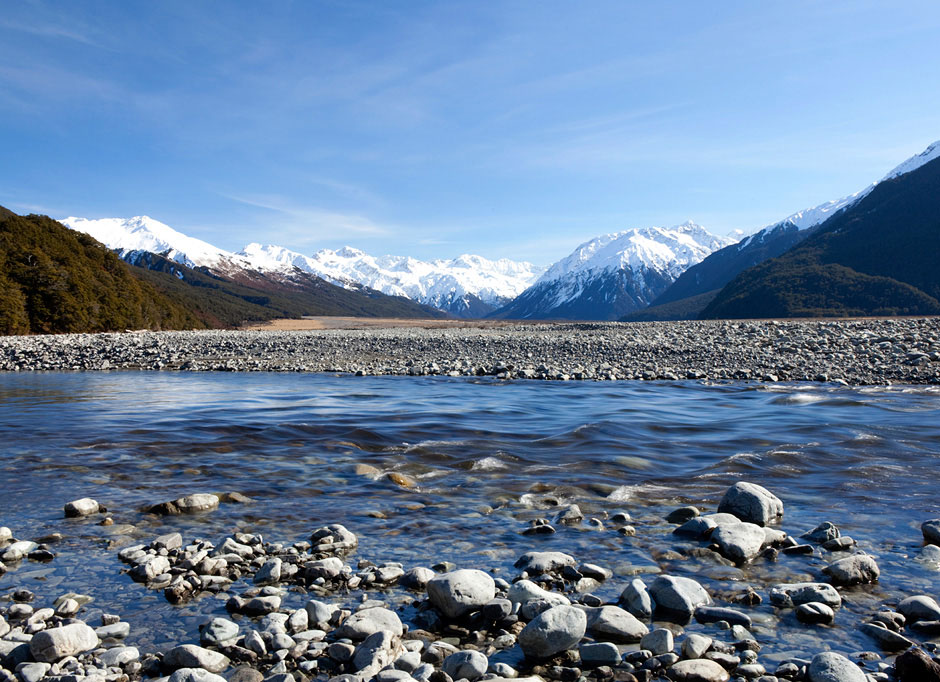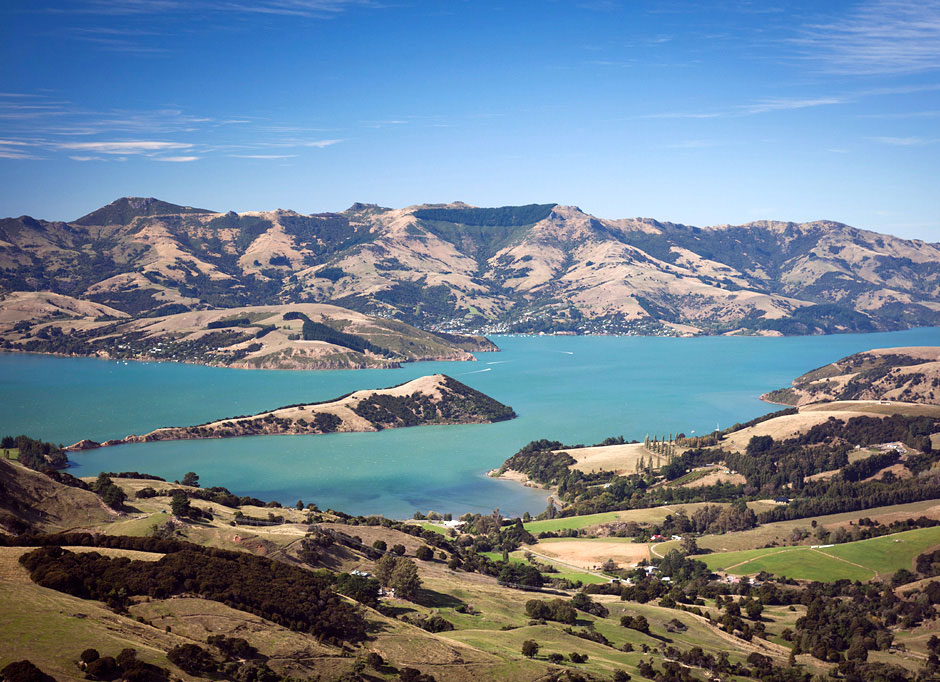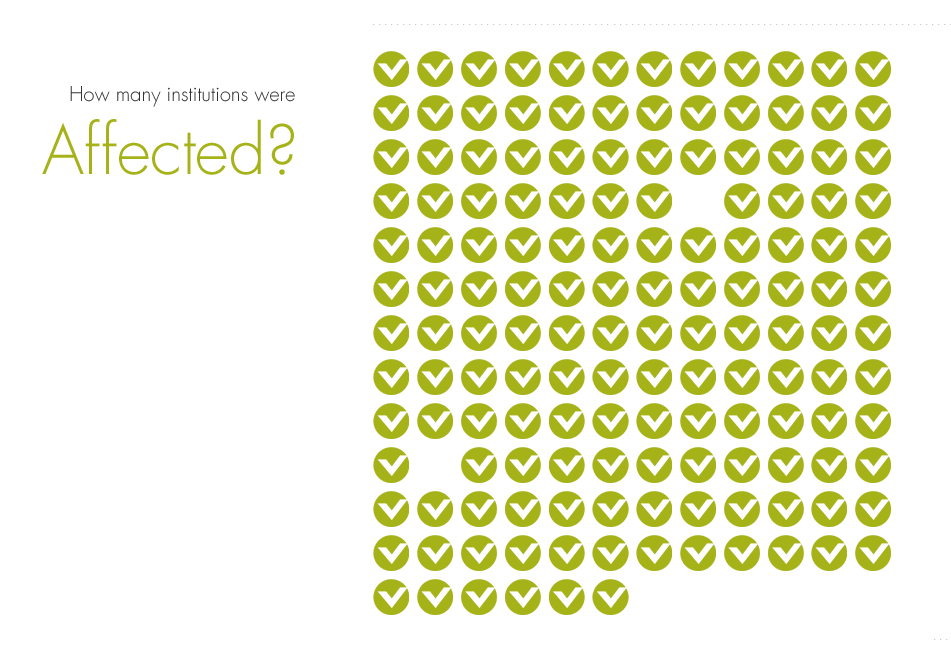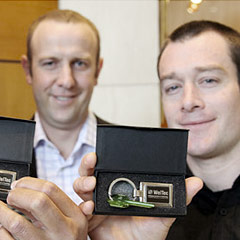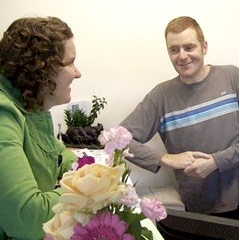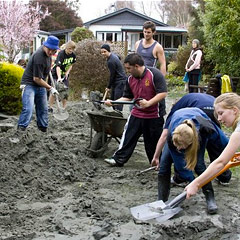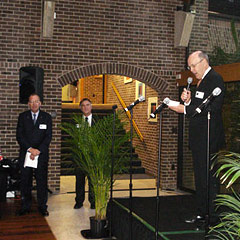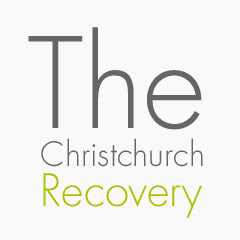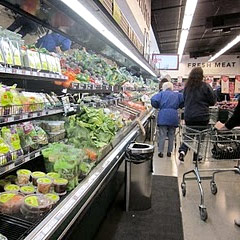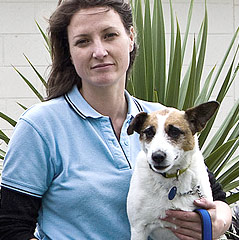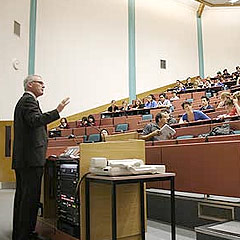About the Earthquakes

Loading, please wait
Introducing New Zealand

Made a city by royal charter in 31 July 1856, Christchurch is officially the oldest established city in New Zealand. Called the Garden City, Christchurch is adorned with many beautiful old trees and is known for its wonderful parks and gardens.
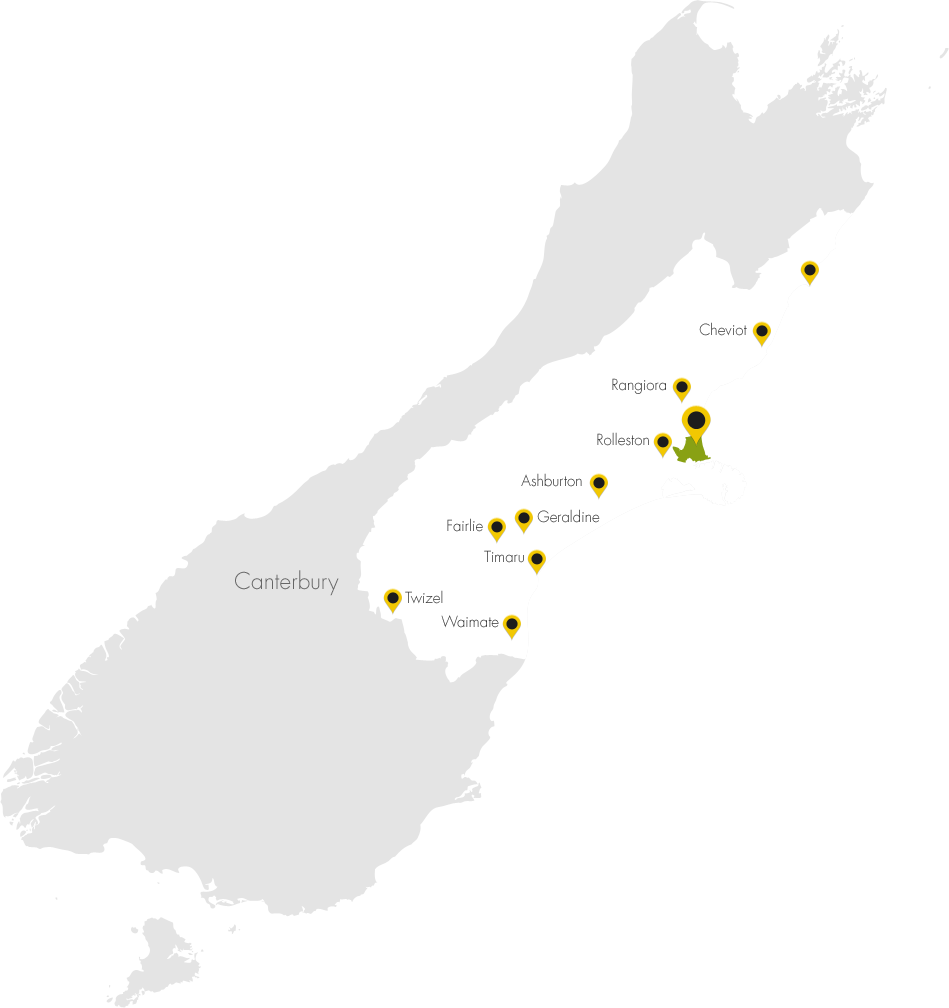
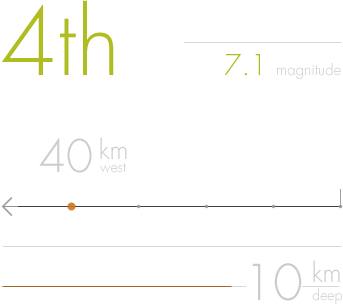
In early spring of 2010, early in the morning of September 4th, a 7.1 magnitude earthquake struck Christchurch at a depth of 10 kilometres. Due to the early hour of the tremor, 4.35am, most Cantabrians were in their beds and only one fatality was reported (a heart attack). The earthquake’s epicentre was situated 40 kilometres west of Christchurch in a small town called Darfield. Three quarters of Christchurch’s population had their power disrupted. Some sewer lines broke and the central business district was evacuated.
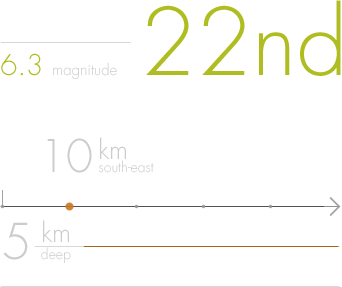
On 22 February 2011, a large aftershock of 6.3 magnitude occurred on a busy weekday at lunchtime. Striking at 12.51pm, it was centred 10km south-east of Christchurch in Lyttelton, at a depth of just 5km. Although officially lower on the scale than the first earthquake, due to the shallowness and proximity of the epicentre to the city, this aftershock was the strongest ever recorded in an urban area, anywhere in New Zealand.

Many of the buildings that had been weakened by the September earthquake, suffered serious damage in the 6.3 magnitude aftershock. 181 people were killed. Liquefaction (when sediments behave like liquid) particularly affected the eastern suburbs, producing around 200,000 tonnes of silt. Unsafe to walk through, the central business district was cordoned off entirely; this area is now known as the ‘red zone’.
Safety First
All institutions were closed for a few days following the February earthquake so that engineers could check every building to make sure they were safe for students.
Before the dust of the earthquake had settled, the entire country, in true Kiwi style, began an outpouring of money, resources and care that hasn’t let up since. Volunteers flocked to Christchurch, students organised themselves into an army to help clean up people’s homes, portable toilets and food parcels were distributed by the thousand and hundreds of fundraising efforts took place nationwide, from bake sales to Telethons.
June figures showed promising signs of economic recovery in Christchurch. Consumer spending in the area has returned to almost pre-quake levels. There was also a rise in the number of jobs advertised in April. These figures have confounded sceptics who had predicted many thousands would register for the unemployment benefit. A sense of optimism seems to have returned to the region.
WelTec Students Build Houses for Christchurch
WelTec trades students have built two houses as part of their programme of study at WelTec. The students wanted to show their support for Christchurch by donating the houses which were built from scratch at WelTec and are fully compliant with building codes. They are usually sold on the open market, but the WelTec Council decided that they wanted to support the students’ work and donate the houses to Christchurch.
Competition Turns to Cooperation at Christchurch English Language Schools
Christchurch is the second most popular destination for English Language students in New Zealand. So after the earthquake, rather than shut their doors, many English language providers have decided to work together to keep teaching. Alpha Educational Institute (AEI) extended an offer to share their spacious and undamaged premises with several other schools just two days after the earthquake. Campus-sharing has been taken up by other types of educational institutions as well, from private providers through to primary and secondary schools.
Student Volunteer Army
When the first large earthquake struck Christchurch in September 2010, a group of University of Canterbury students decided to use their time while the campus was temporarily closed to help out around town. Soon hundreds of students donned shovels and wheelbarrows to help elderly or overwhelmed residents in the worst-damages parts of the city to clean up their properties. The Army has become a permanent fixture, and continues to support Christchurch residents who need a helping hand.
Students Supported Around the Country
All of New Zealand’s universities accepted students from the two Christchurch-based universities who either couldn’t or preferred not to stay in Christchurch immediately following the earthquake in February. They were enrolled as temporary students for one semester, and their credits were transferred to their Christchurch universities if they returned for semester two. Similar arrangements were in place for primary and secondary school students and other tertiary students who left Christchurch following the earthquakes – both domestic and international. Many have now returned to their original places of study.
Essential Information Education
New Zealand responded to the need for institutions in Christchurch, education agents with students in New Zealand and other affected parties to have access to accurate, up-to-date information. Within three days of the earthquake ENZ put up a special page on its website with important contact numbers and other key information. Regular updates were also sent to New Zealand Specialist Agents located around the world.
Little Treat
Immediately after the earthquake, New Zealanders were quick to donate supplies and money to the Red Cross and other charities to make sure that anyone displaced from their homes had access to the necessities of life. Some fundraisers went a step further, and in several cities bakers made cakes and biscuits which were sent down to Christchurch to lift the spirits of those temporarily living at emergency centres.
What’s Open?
With many shops and businesses starting to re-open their doors in the weeks following the quake, it was hard for locals to keep track of what was open and what was not. Some resourceful residents set up an online map, showing which shops, restaurants, supermarkets, filling stations and other resources around the city were open for business – and have been updating the map ever since.
Happy Reunions
While the earthquake was disturbing for the human population of Christchurch, it was also a difficult time for many local pets that were separated from their owners. Organisations like the SPCA and online auction site Trade Me stepped in to help reunite lost pets with their owners as quickly as possible.


